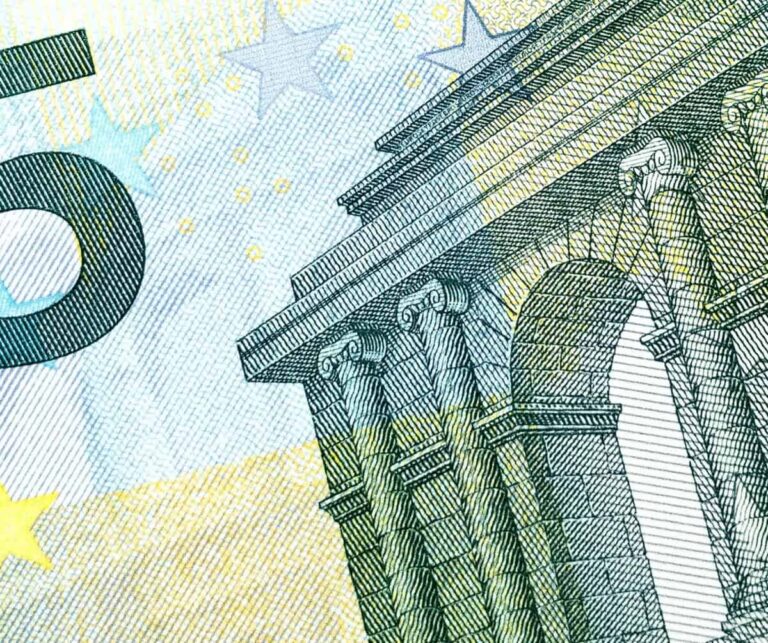High inflation levels have always challenged the economic policies of many states, especially in Europe. Since the outbreak of the conflict in Ukraine, inflation rates have reached record highs, worrying both central states and the European Central Bank.
However, there are 10 European countries where inflation levels are higher than the average for other states.
Table of Contents
Inflation, where it is highest in Europe: the bottom of the list
Starting from a general figure, we can immediately state that the Eurozone countries have an average inflation level of around 7%. This number is already high enough, but those that follow far exceed it.
Let us start at the bottom of the ranking and look at the tenth position, which is occupied by North Macedonia, with an inflation rate of 13.8%.
Right behind, with 1% more, is Slovakia, which has an inflation rate of 14.8%.
In eighth place is Poland. Considered one of the most culturally and technologically advanced nations, the Eastern European state has an inflation rate of 15.2%.
In seventh place with Poland is Lithuania, with its 15.2% inflation rate. Right behind with 0.3% more is Serbia, which has an inflation rate of 15.5%.
The top 5 positions
We open this area of the ranking with Estonia, which is in fifth place with its 15.6%, only 0.1% more than Serbia.
Fourth place for the Czech Republic, which has an inflation rate of 16.5%: much higher than Estonia.
The top 3 opens with another Eastern European country: Latvia, which has an inflation rate of 17.2%.
Between the third and second position there is a gap of 8.4%. The silver medal then goes to Hungary, which has an inflation rate of 25.6%.
If these numbers are worrying, then those of the nation with the highest inflation rate in Europe are almost frightening and almost unsustainable. Turkey holds the sad record because of its inflation levels of up to 50.6%.
Read also: Shrinkflation skyrockets: how one European country tries to curb the phenomenon












